
Mencía wines, made from the Mencía red grape variety, are a hidden gem of the Spanish wine world. Gaining well-deserved recognition, these wines deliver vibrant acidity, fresh red fruit flavours, and floral notes, offering a dynamic and versatile tasting experience. They also tend to exhibit earthy, vegetal characters with berry nuances and stony minerality, adding to their complexity.
In this guide, you'll explore:
Whether you're a seasoned connoisseur or a curious beginner, there’s something here to deepen your appreciation of this remarkable varietal.
Mencía is a red grape indigenous to northwest Spain, especially in Bierzo, Ribeira Sacra, and Valdeorras, and is known as Jaen in Portugal’s Dão region. The grape's origins are uncertain, but it is believed to be native to either Spain's Bierzo or Portugal's Dão region. These wines are typically medium-bodied with vibrant acidity and primarily showcase notes of blackberry and cherry, complemented by floral and mineral complexity.
Modern winemakers like Alvaro Palacios have revived Mencía’s reputation, producing wines that range from light and fruity to rich and structured, often with spice and herbal undertones. In recent years, Mencía has gained popularity among noted Spanish winemakers, improving its quality and recognition.
Fun Fact: Did you know that the Mencía grape is genetically identical to the Portuguese grape Jaen?
The production of Mencía wines strikes a balance between tradition and innovation, respecting the grape’s delicate skin and reductive nature. Mencía styles can range from youthful and fruit-driven to structured and cellar-worthy, depending on winemaking choices.
These practices preserve freshness and prepare the must for clean fermentation.
Maceration:
Aging styles depend on whether a youthful or complex Mencía is desired.
Mencía's reductive nature requires attention during fermentation:
Some reduction is used to bring out smoky, flinty notes, adding complexity.
Mencía wines are celebrated for their distinctive and complex sensory profile, encompassing visual appeal, aromatic richness, and a delightful taste experience.
One of Mencía wines' most captivating features is its aromatic profile, which offers the palate a rich tapestry of scents.

On the palate, Mencía wines deliver a well-rounded, smooth and harmonious experience, with a good balance of fruit, acidity, and subtle complexities.
Mencía’s acidity and aromatic range make it incredibly versatile for food pairings.
Mencía wines are primarily produced in northwestern Spain , particularly within Castilla y Leon, and parts of Portugal. These regions, with their unique climates and terroirs, significantly influence the characteristics of these red wines. The cool, high-altitude climates and diverse soil types contribute to the complex flavour profiles and aromatic qualities of Mencía wines.

Mencía wines, with their vibrant acidity, red fruit flavours, and complex aromatic profile, can be enjoyed to their fullest potential when served and stored correctly. Mencía wines aged in French oak barrels should be stored carefully to preserve their complex flavours and aromas. Here are some essential tips to ensure you get the best experience from your Mencía wines.

Although Mencía is often compared with different wines, such as Pinot Noir. one of the wines with which Mencía wines are most compared are Cabernet Franc wines. Let`s delve into the simmilarities and differences between Mencía and Cabernet Franc, to understand what makes them unique.
These initiatives ensure that Mencía is not only delicious but also environmentally forward-thinking.
Mencía offers a vibrant, elegant wine experience for wine lovers who want to try something with strong ties to terroir. From youthful expressions to aged, structured bottles, this thick-skinned grape allows wine growers to showcase the best of northwest Iberia. Mencía is often compared to Pinot Noir due to its aromatic intensity and complexity.
It’s a wine that combines fruit, acidity, minerality, floral nuance, and a concentrated flavour, making it ideal for diverse palates and dishes. With its expanding global presence and sustainable production, Mencía is more than a discovery—it’s a journey worth taking.

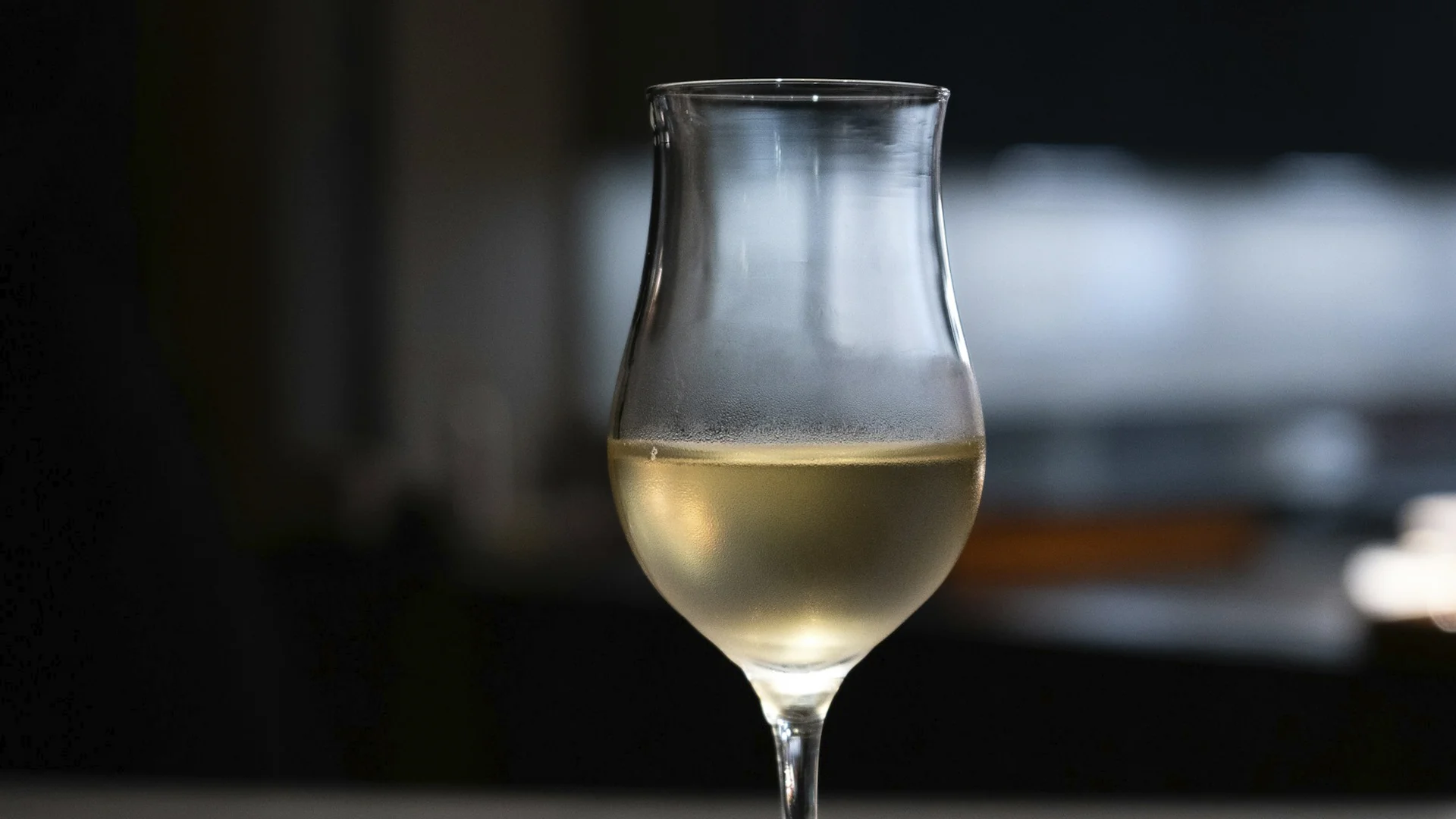
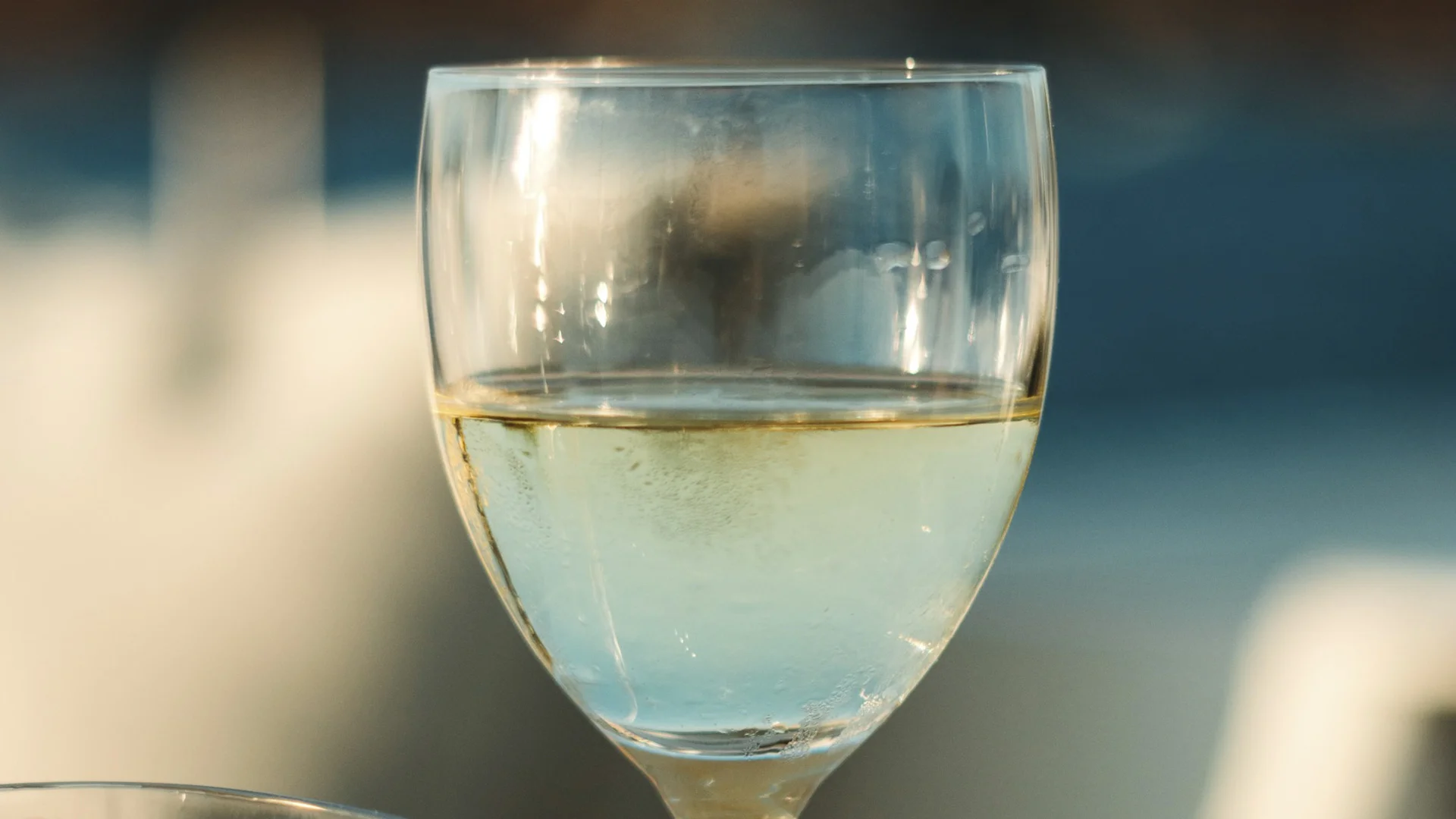

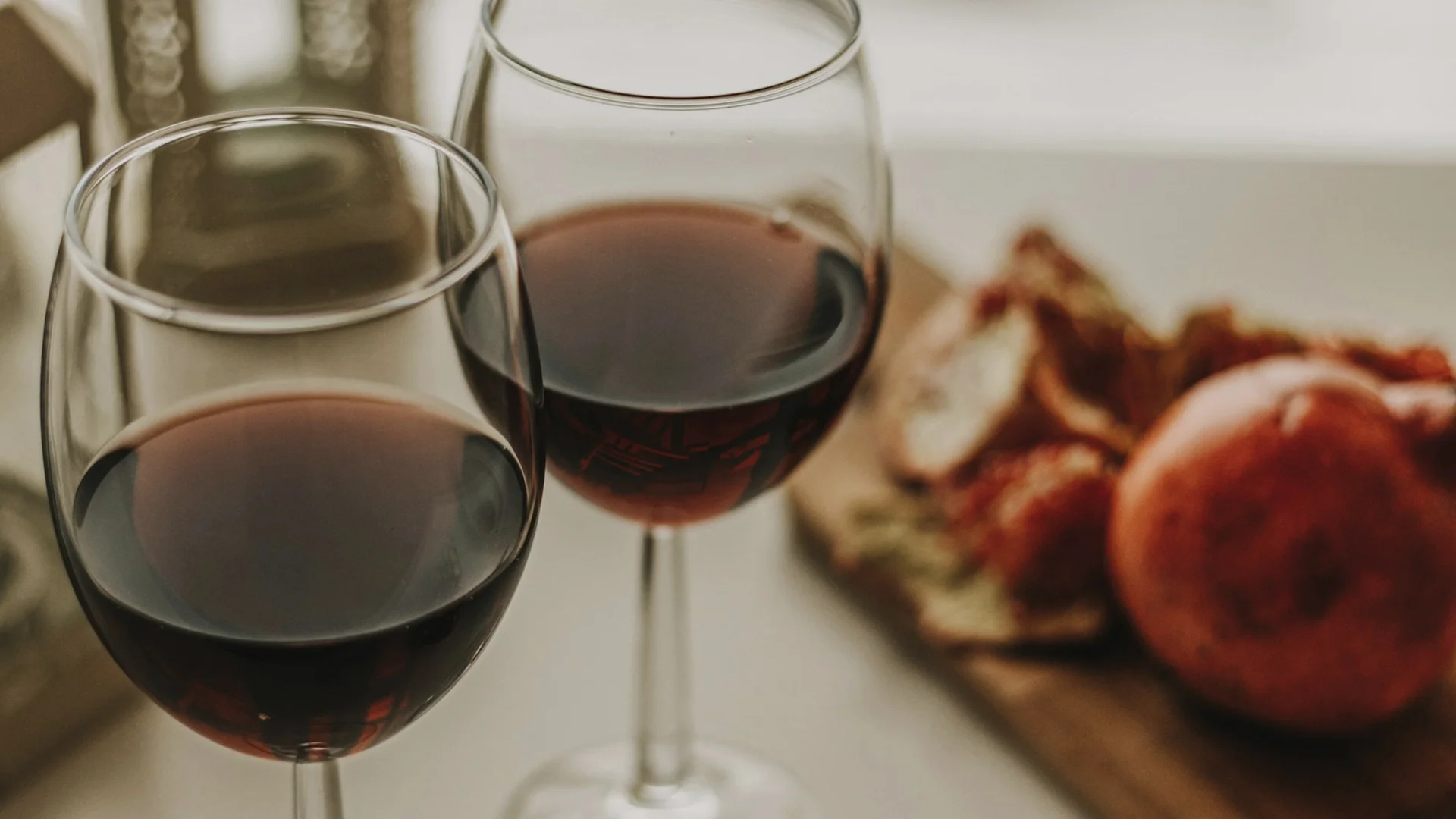


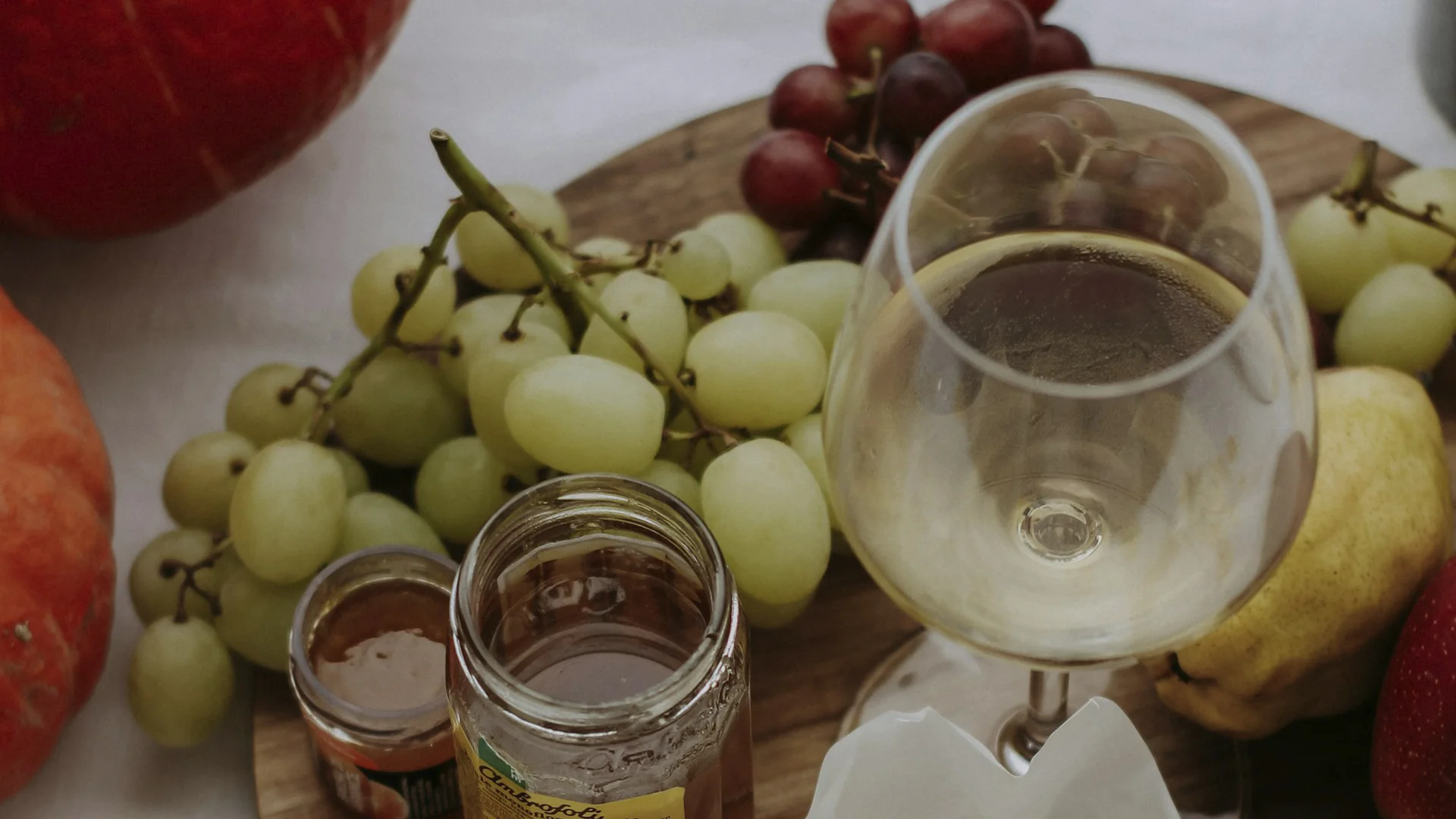



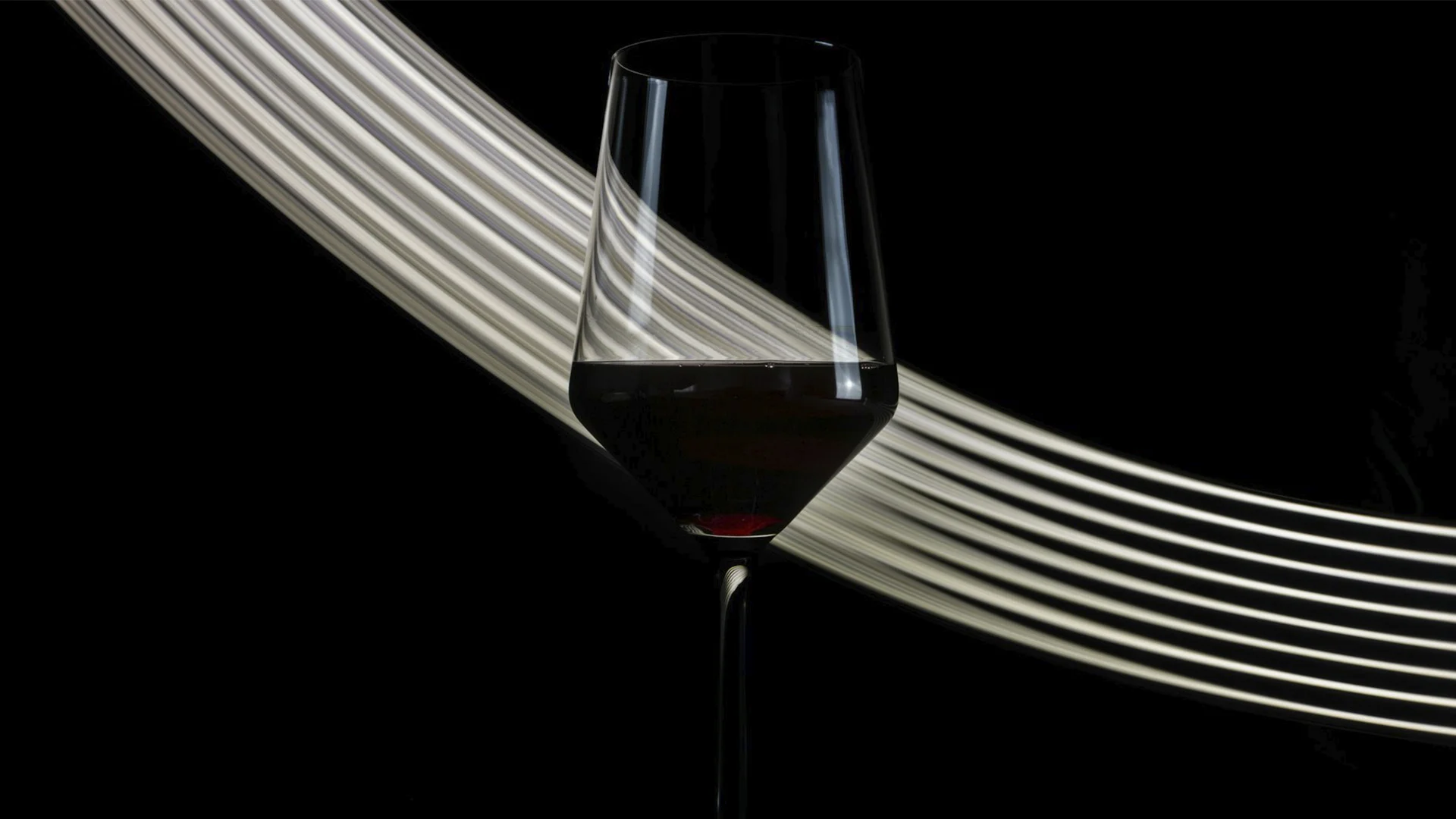



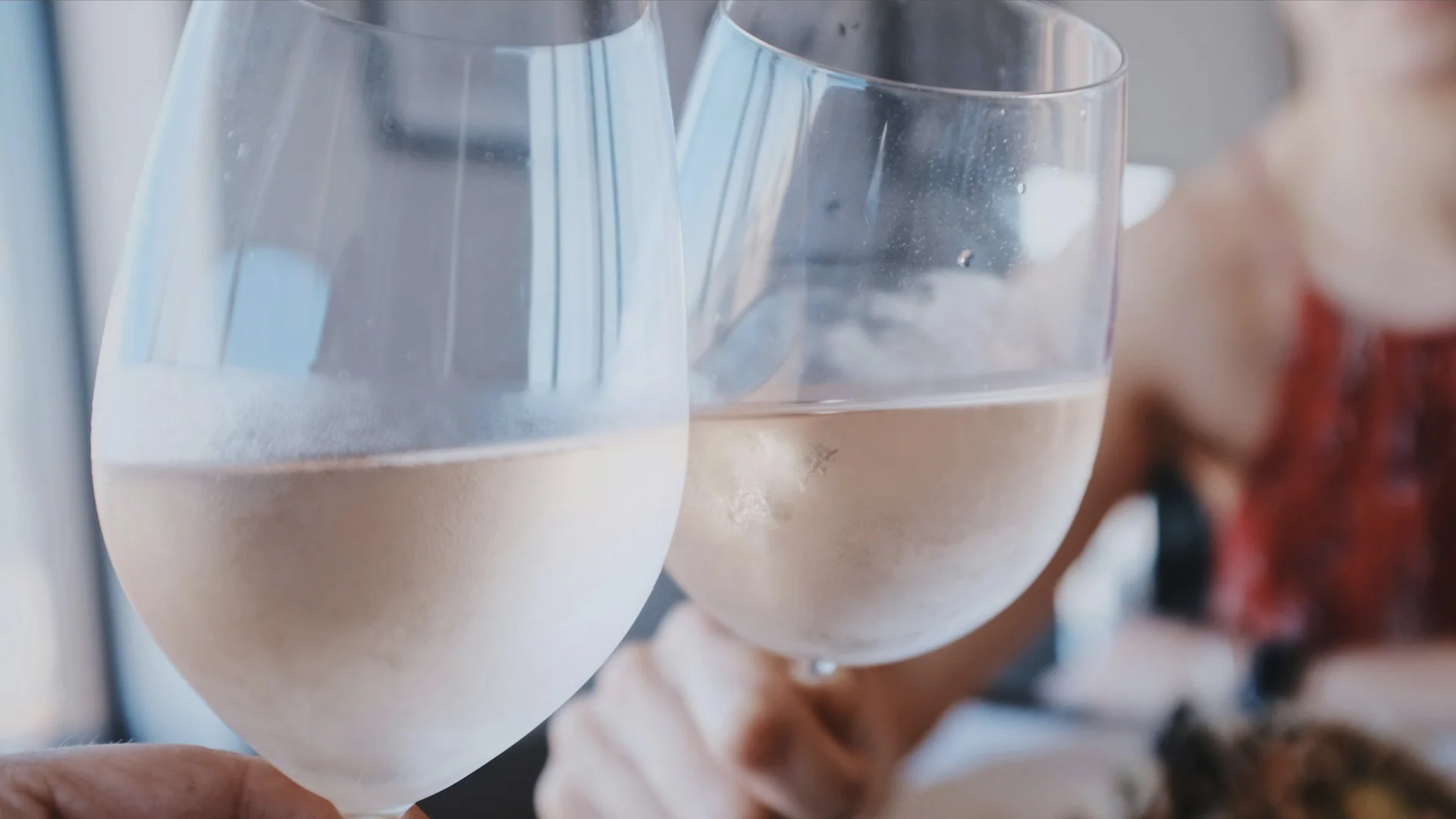

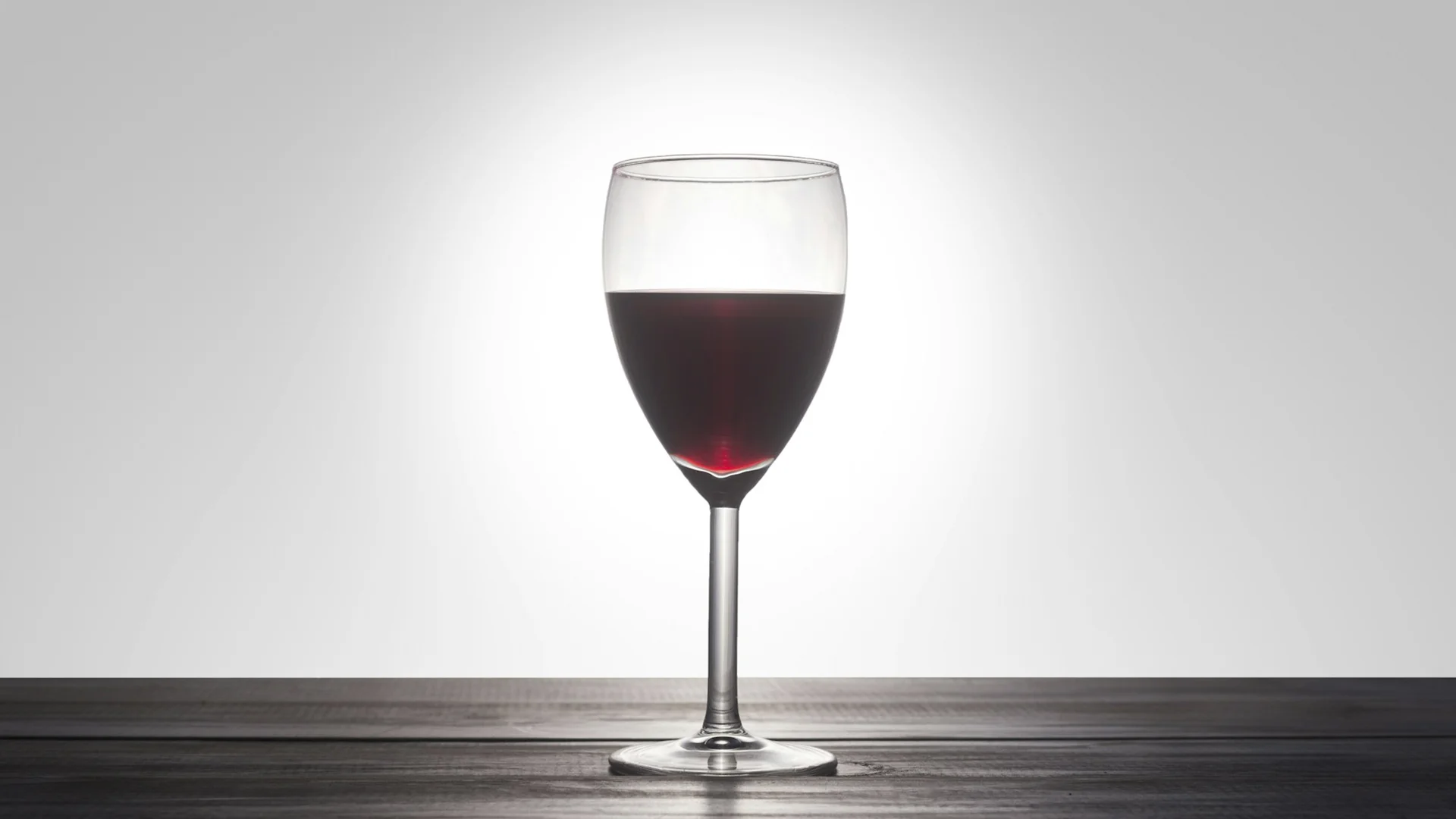


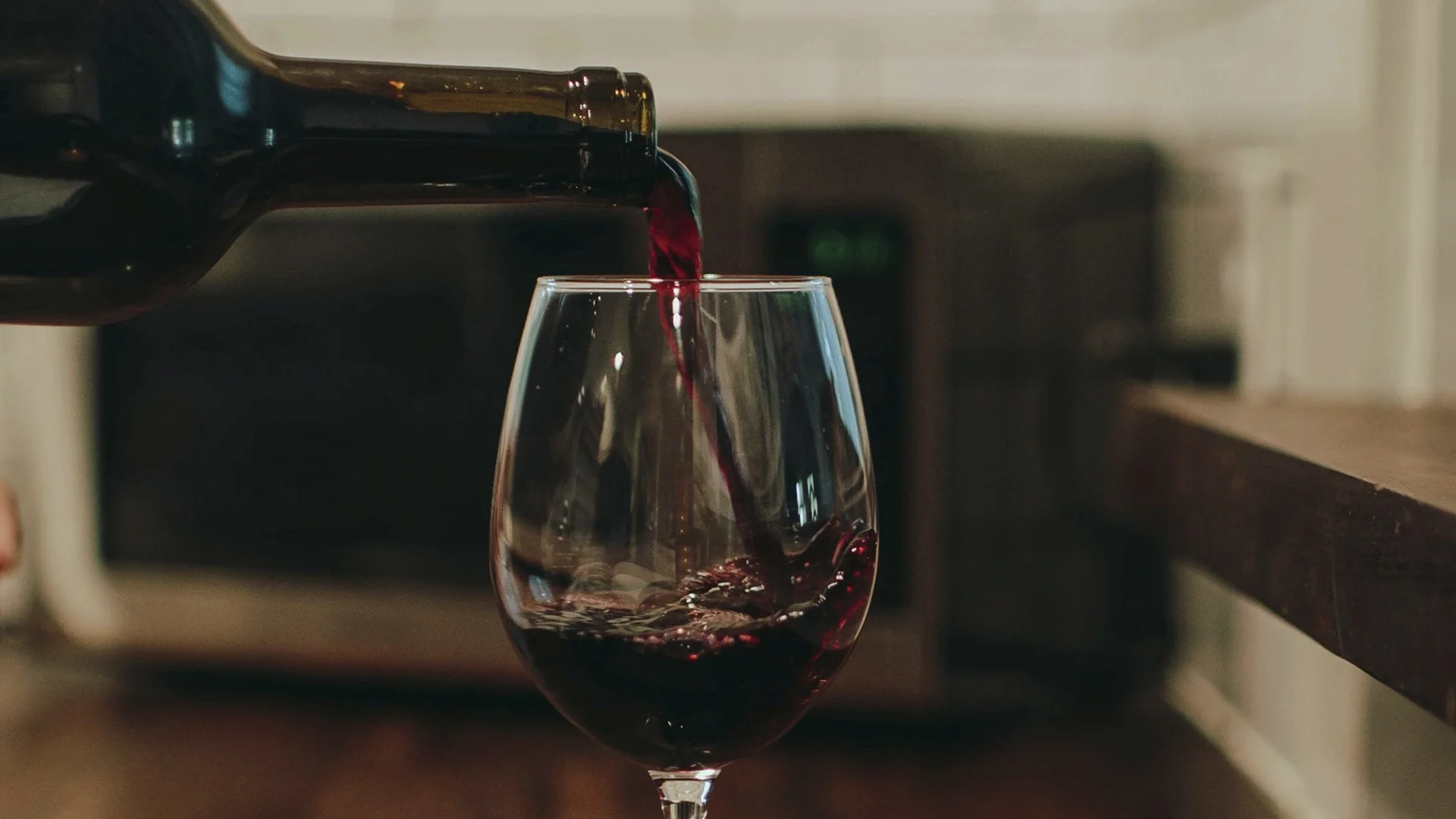


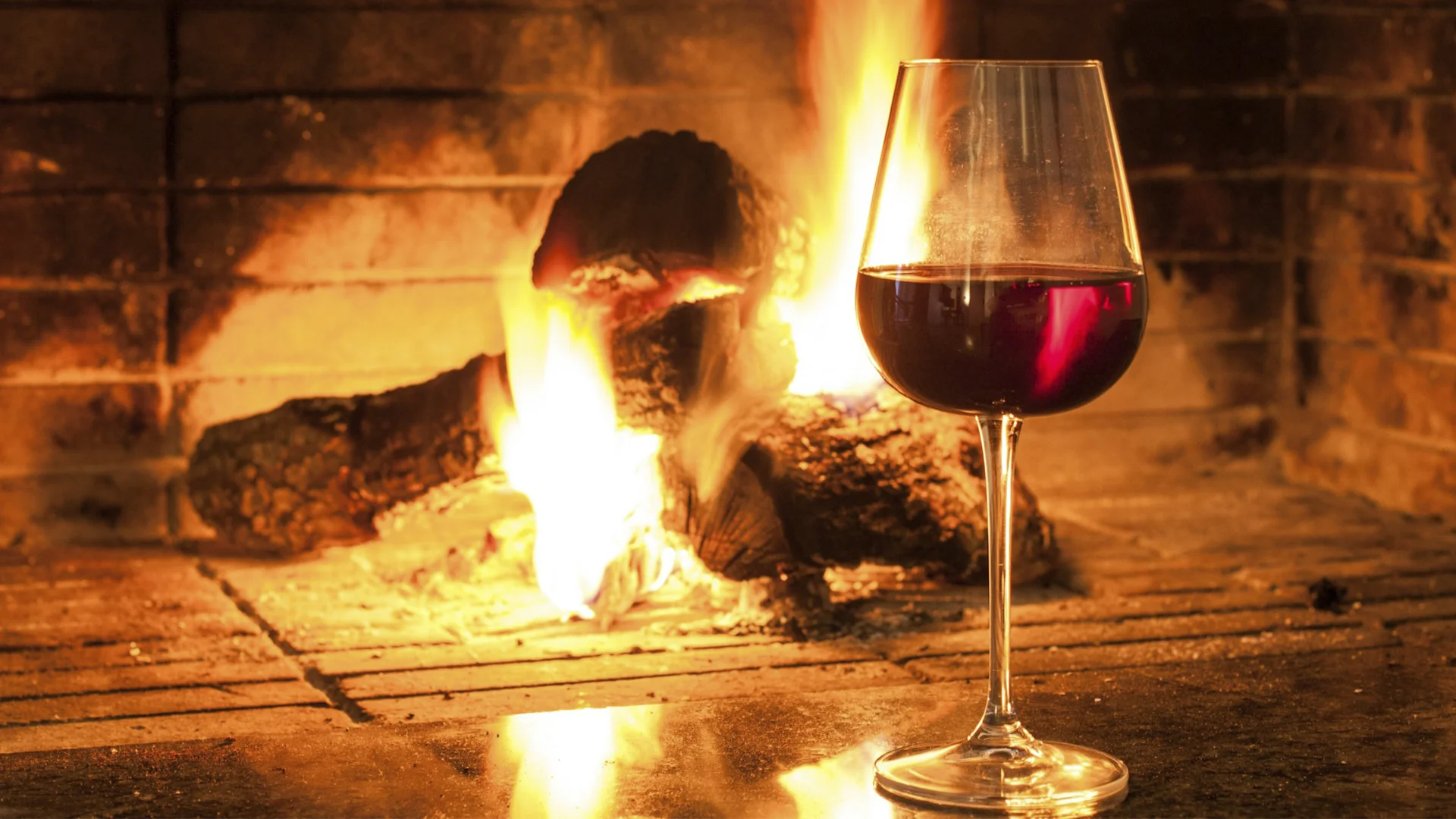
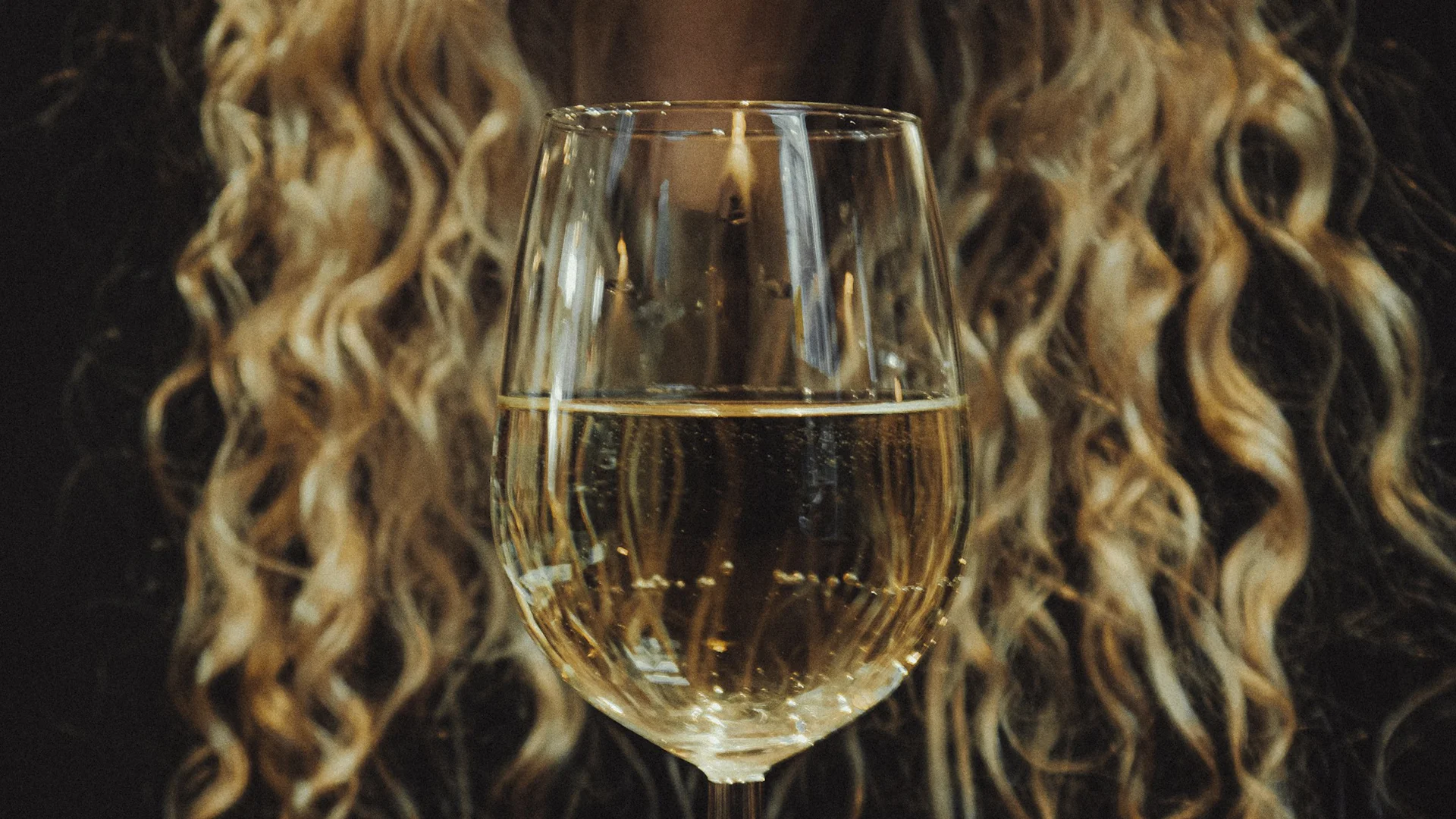

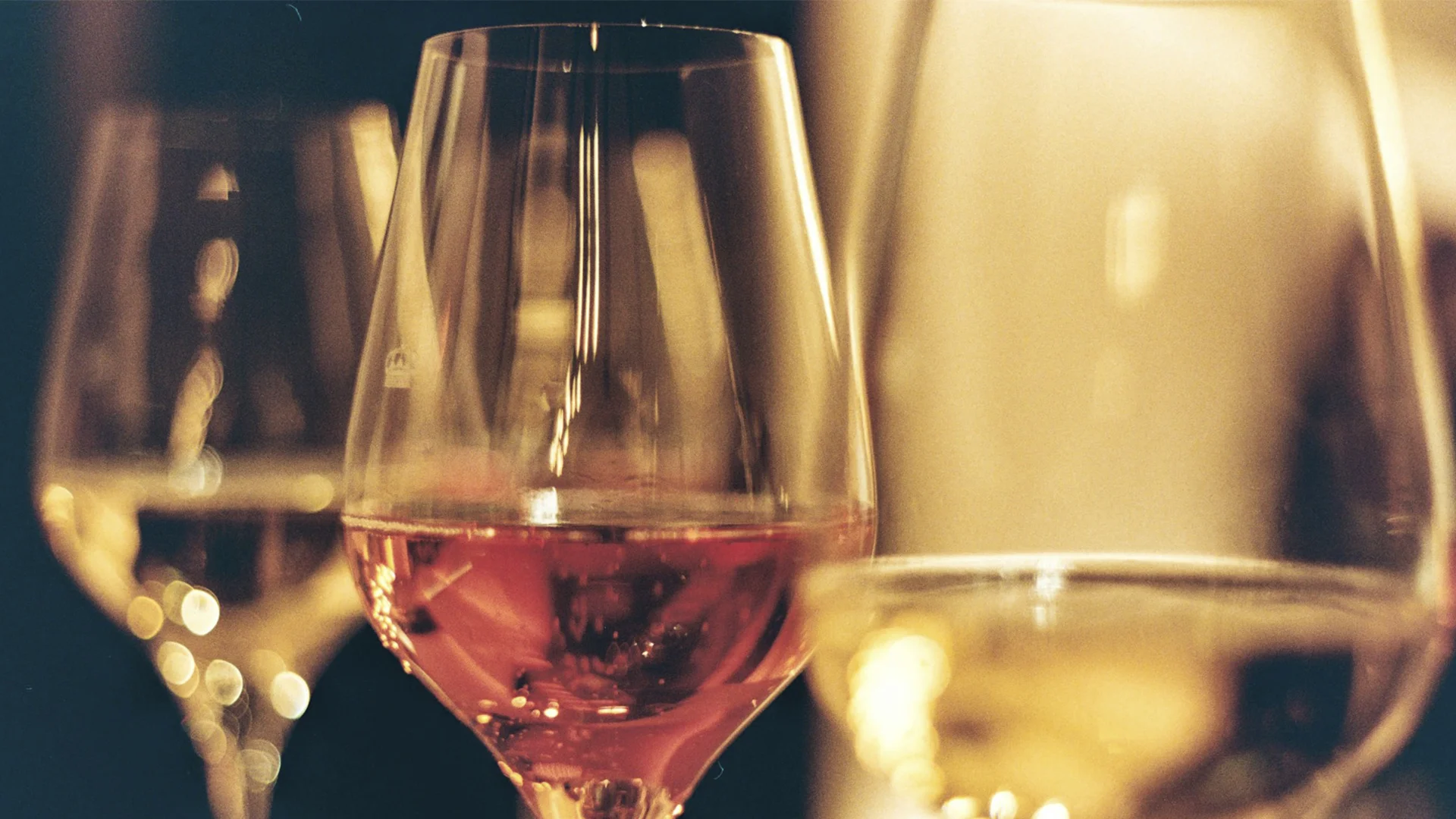
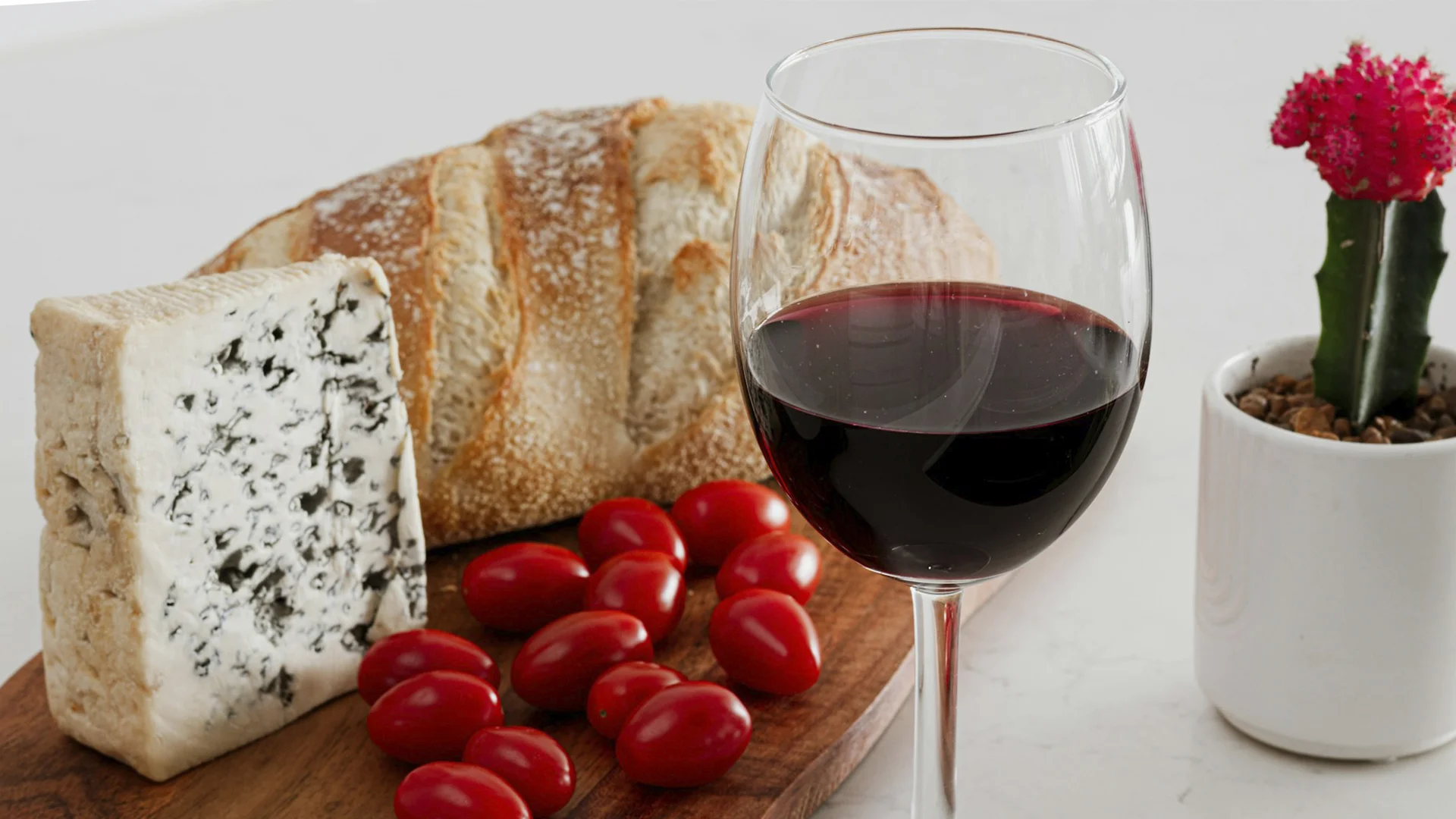

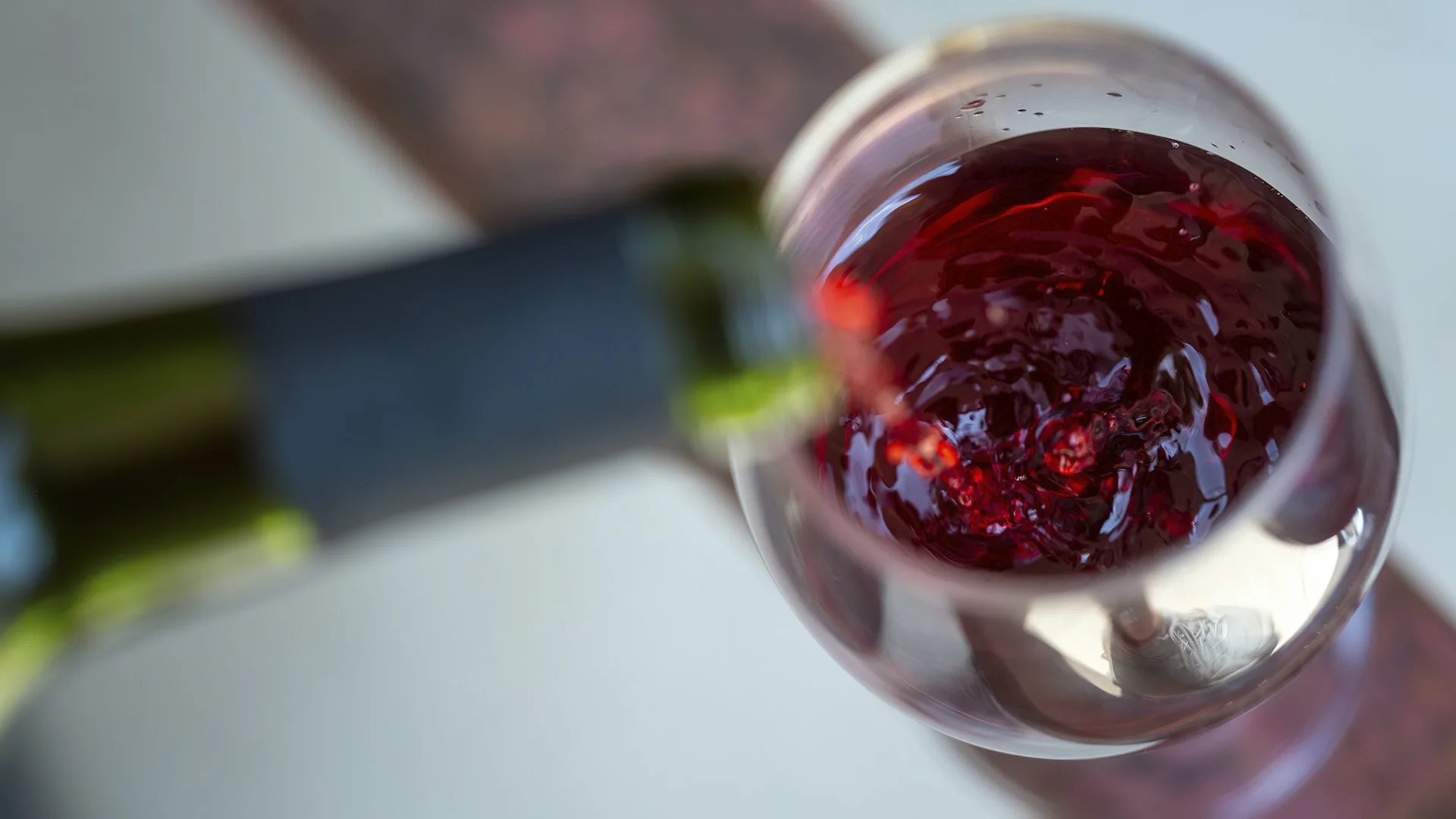


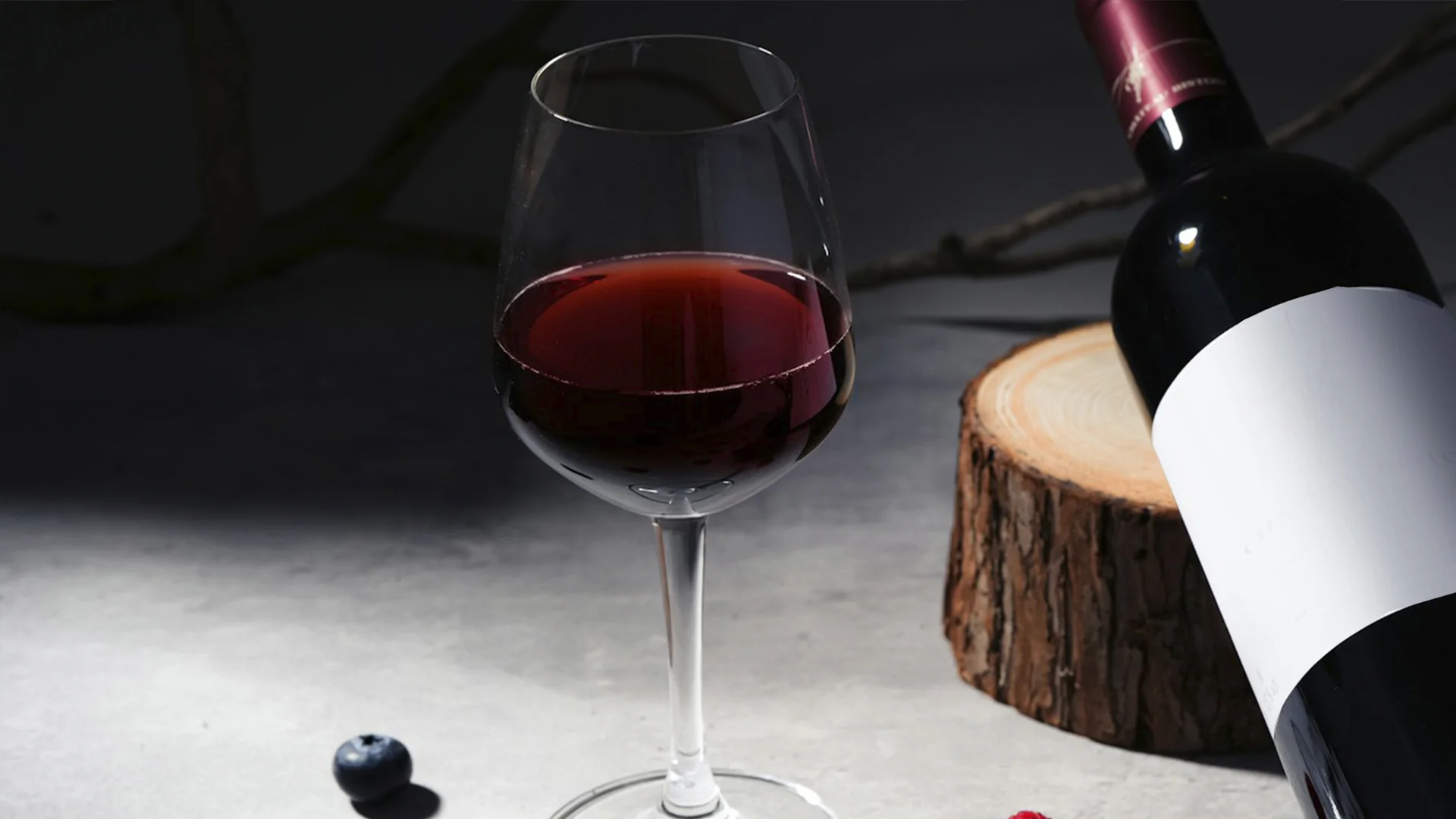
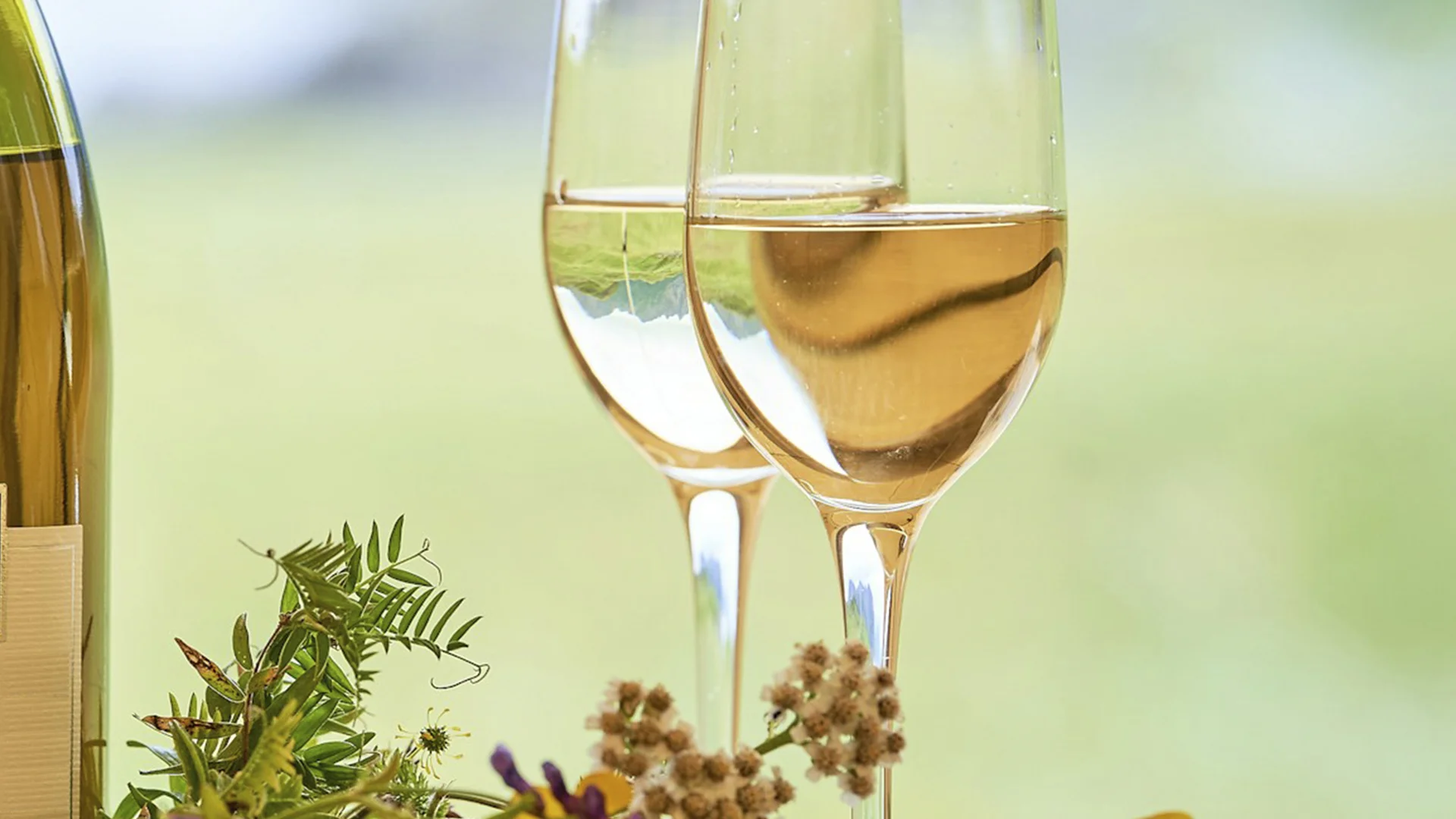
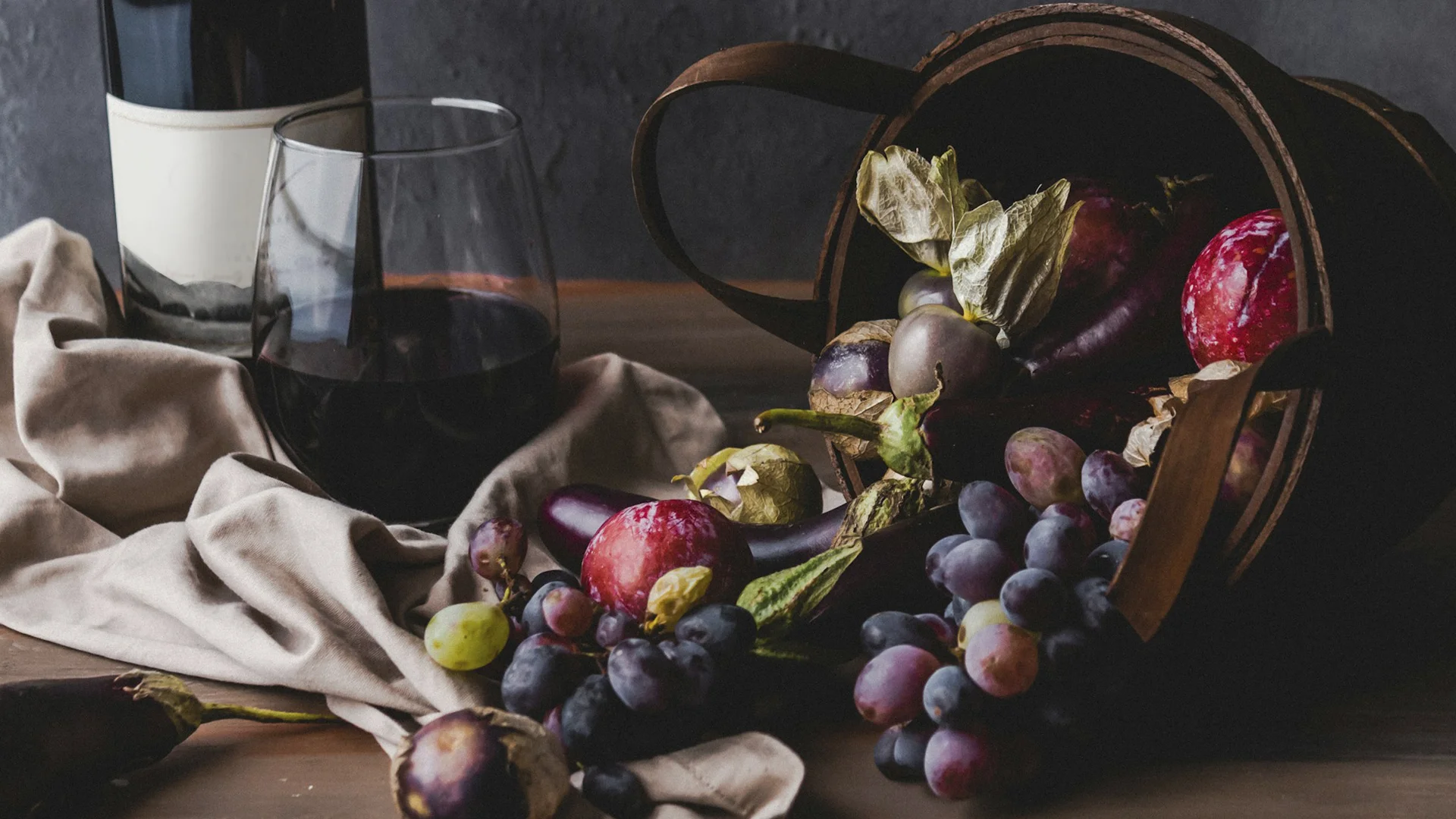
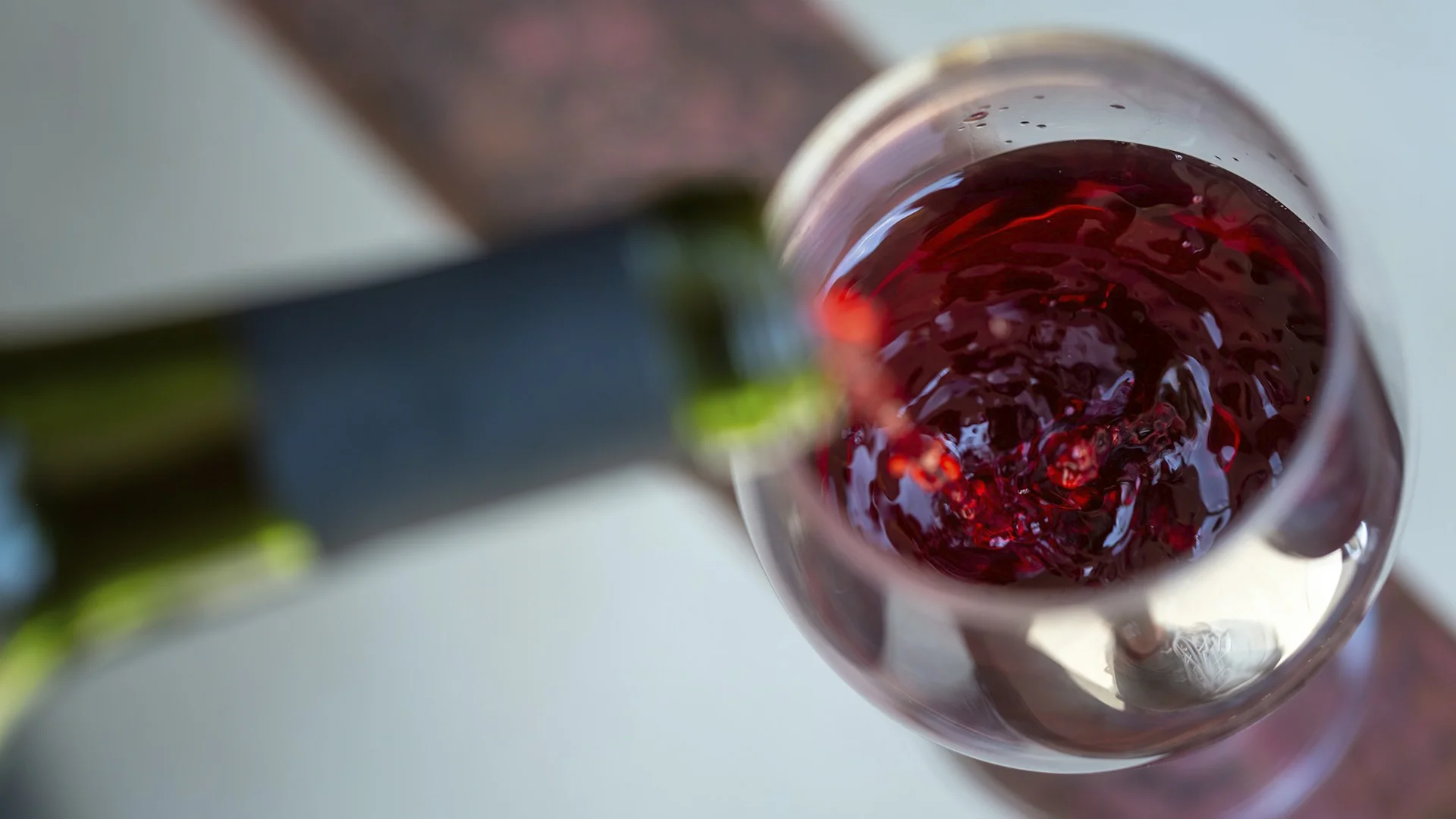
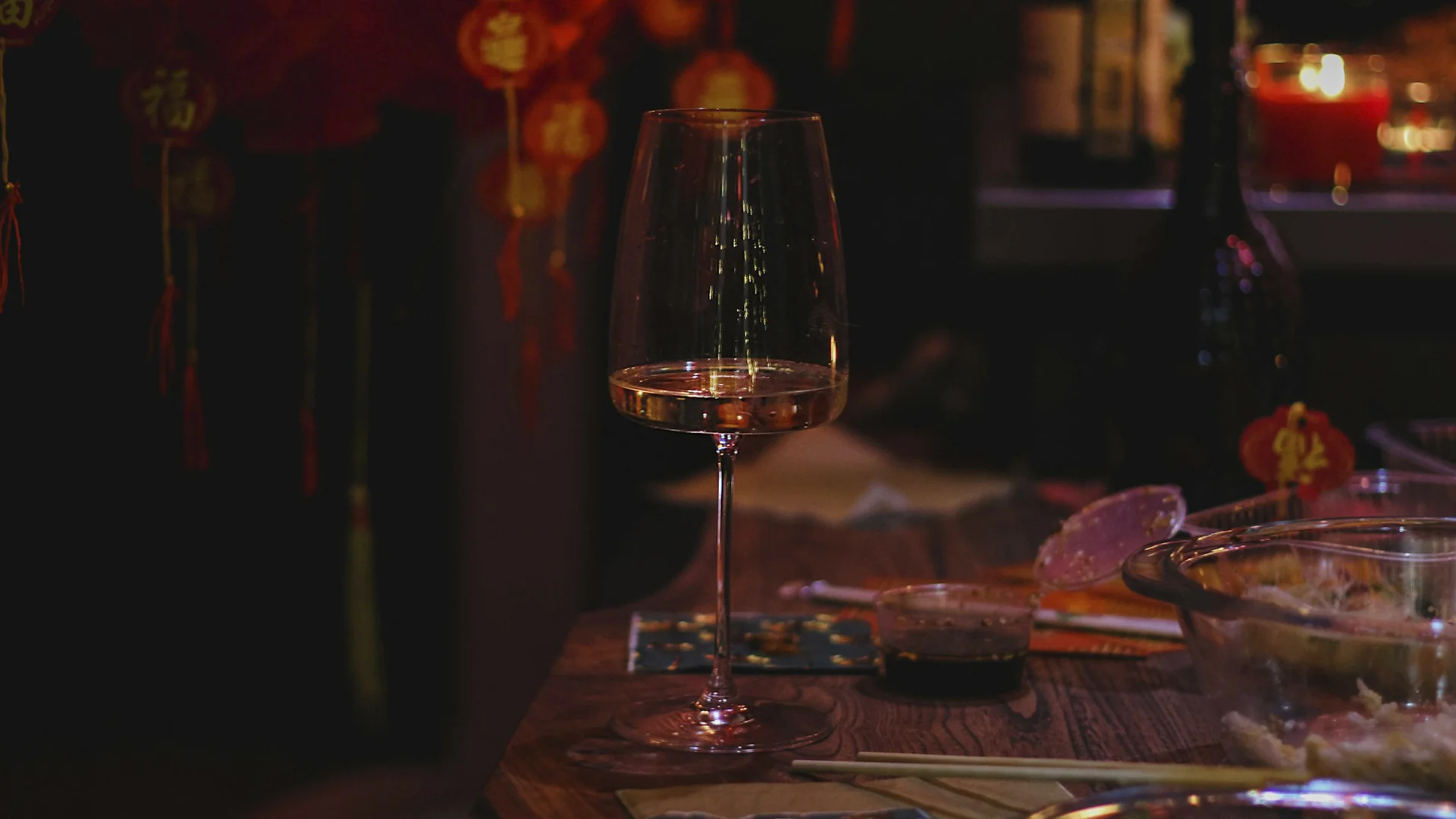






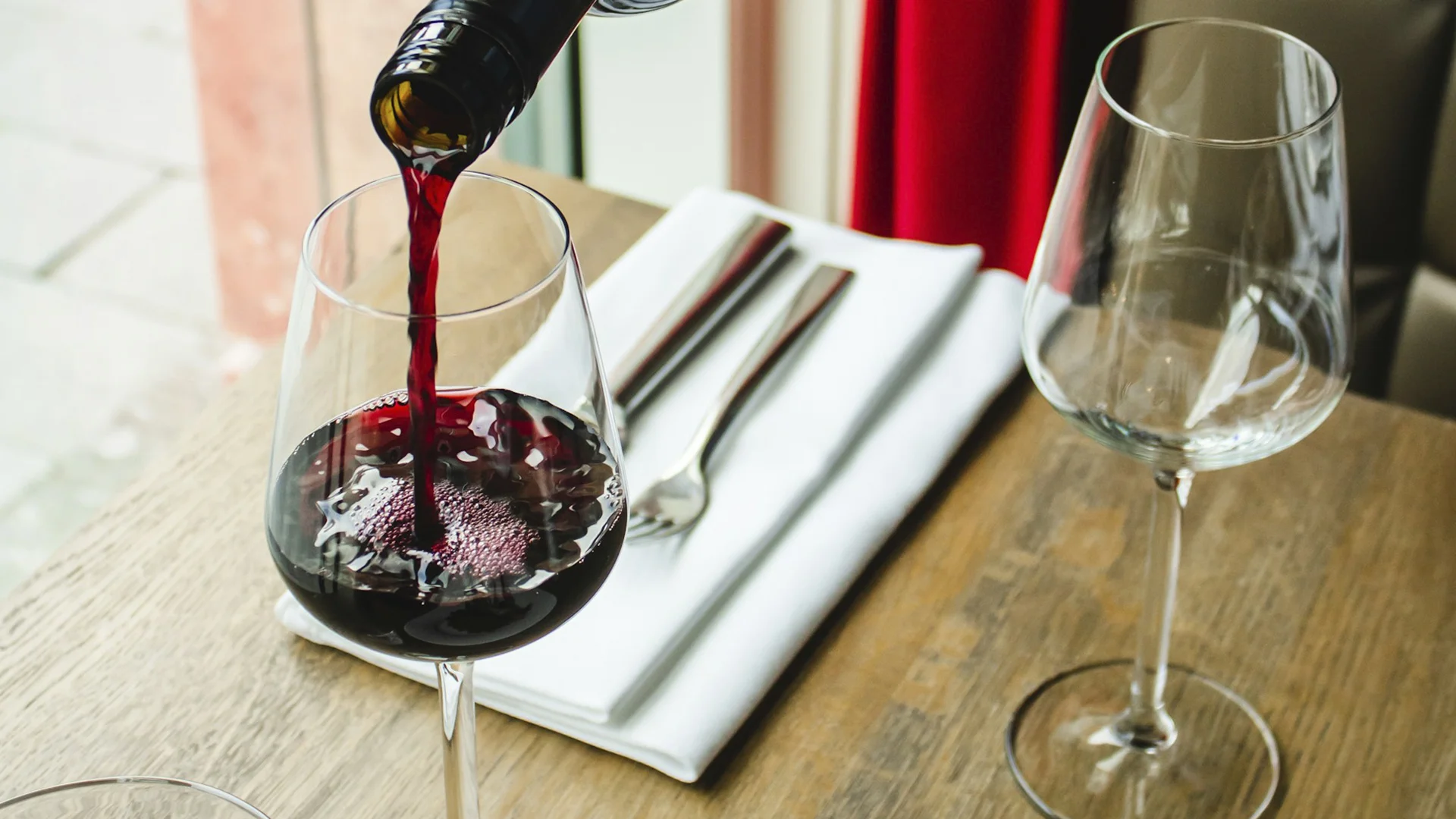












.webp)

.webp)
.webp)
.webp)



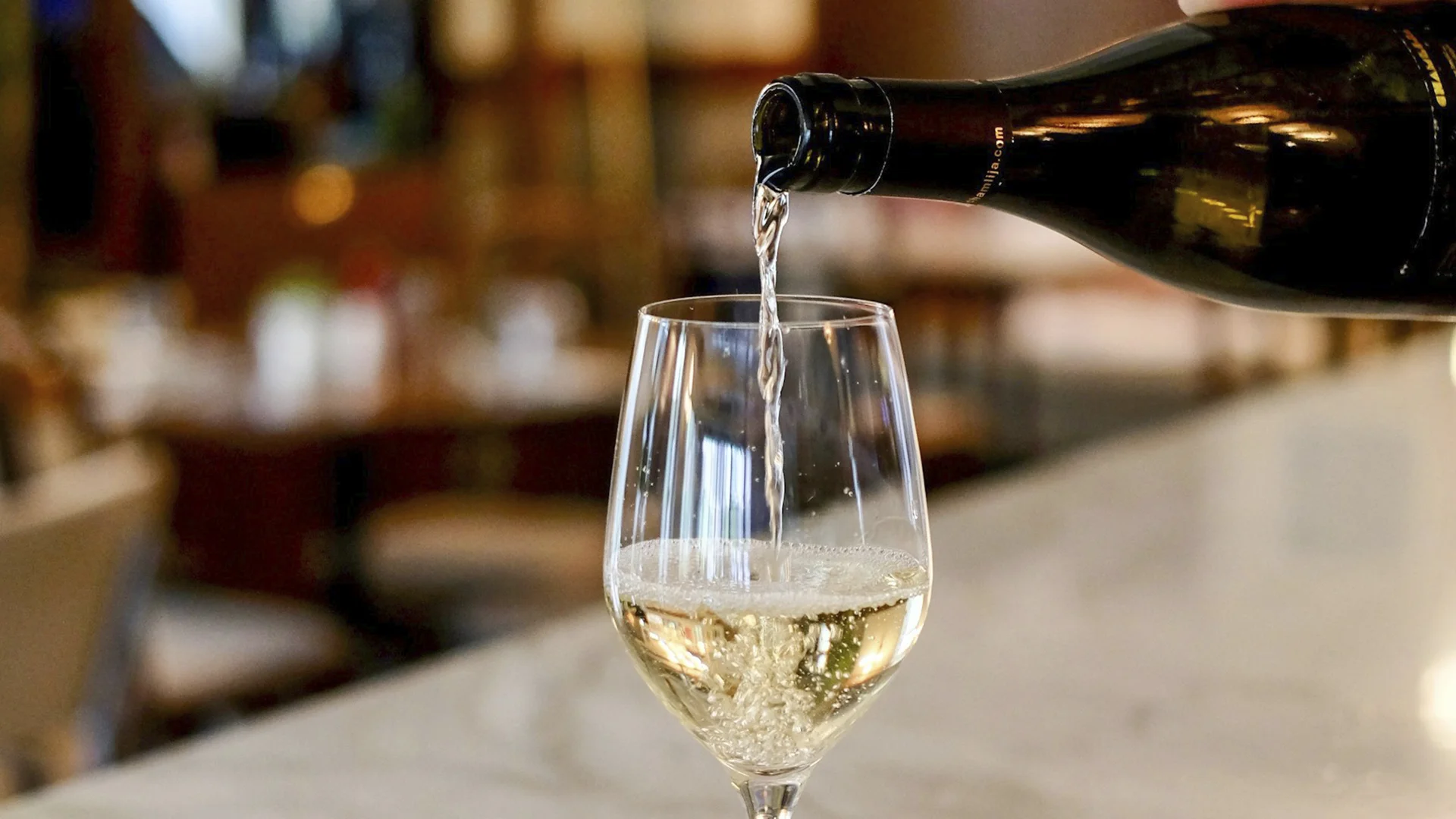


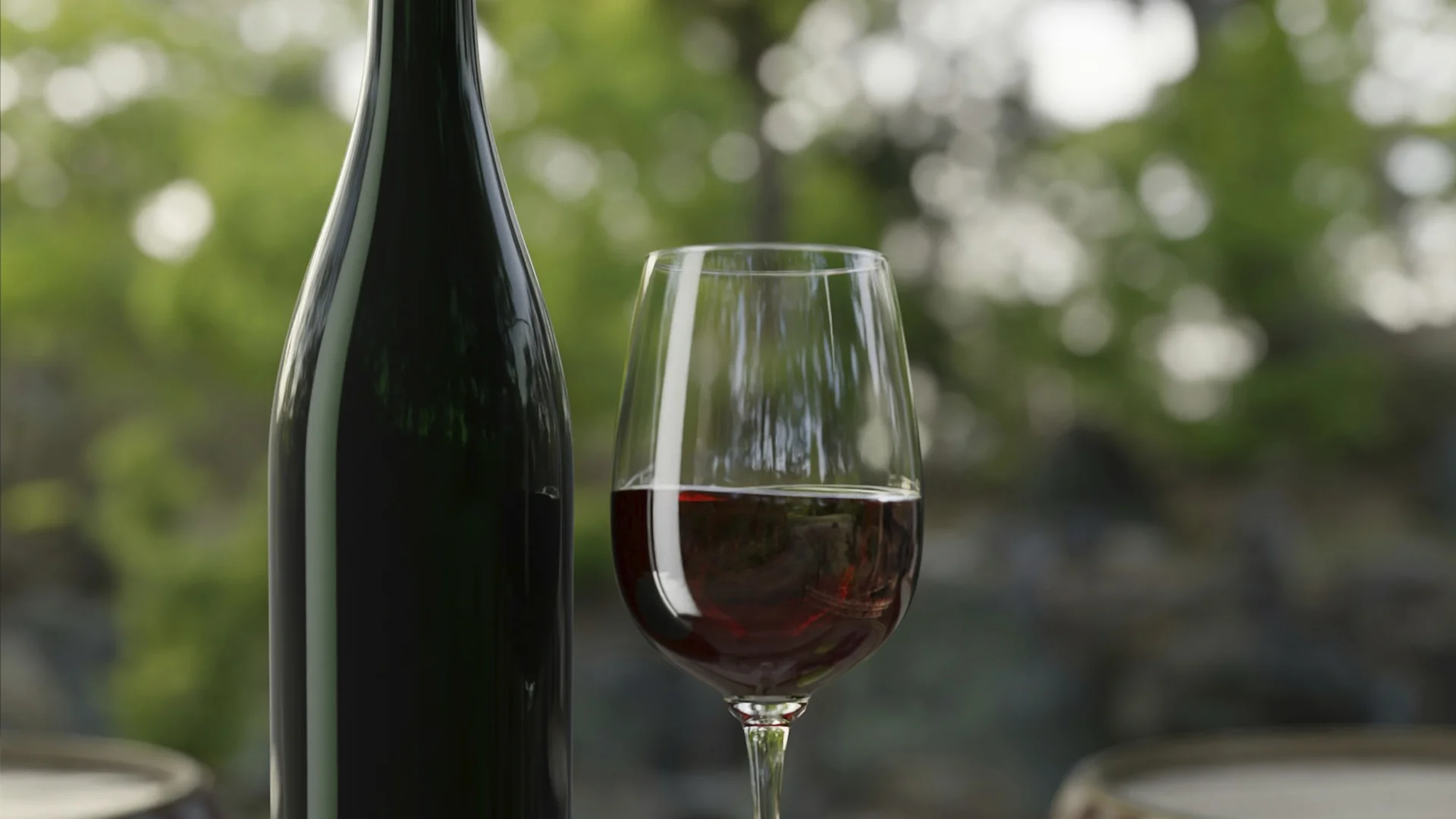



















.webp)













Are you interested in
collaborating with us?